The aquarium hobby is a ripe industry for automation. As we continue to learn how to maintain it to its fullest, various innovations will continue to be made to support it. Water parameter testing a crucial task in this hobby. We have joked that “if we can maintain water we can keep anything.” In some sense that is true.
I purchased 2 of the original Reefbot V1s in 2019 and still run them. What I liked was the use of off the shelf test kits. Titration tests were economical and fairly available in most markets. The one downside of titration tests were the repeatability due to the operator and these tests do take some time. Also, like with any equipment, it is great when it works. Proper maintenance and understanding its “Principles of Operation” are important to keep any of these products functioning properly over time. Note that saltwater and many of these reagents are highly corrosive in nature as well.
I would like to thank Reef Kinetics for providing me with the Reefbot Lab V6 for review. This is just an unboxing of a product that is shipped direct from Beirut, Lebanon. Shipping of delicate equipment is open to a lot of concerns but this was my experience and have not had any issues with the packaging on each of my Reef Kinetics deliveries. There are many unboxing videos through the years since October 2022, but these are my observations of the latest available product.
Improvements
The ReefBot Lab Batch # 6 shows continuous improvements based on customer feedback. This is one thing all product development companies are expected to do. Even though each change may be minor, it addresses previous challenges users may have had.
Test Kit Support
Through the years the quantity of test kits the product supports also increased, allowing for more sourcing options.
The Reef Kinetics website listed the following test kits for both freshwater and saltwater based on the specific test kits identified. Note: the level of accuracy is based on the specific test kit used and proper calibration of the rinse and test chambers.
“The ReefBot Lab measures the levels of the most common tank parameters, including Alkalinity, Calcium, Magnesium, Nitrate, Nitrite, Phosphate, Ammonia, Copper, Iodine, Iron, pH, Potassium, Silicon Dioxide, Oxygen, Carbon Dioxide, Chlorine, Bromine, and Hardness.”
Hardware Improvements
Specific improvements to batch #6 are listed below. Full Specifications are found here.
- Enhanced Stirring Mechanism: This will guarantee proper vials’ stirring, especially viscous Nitrate & Phosphate tests. <– stronger magnet on stir motor
- Improved Color Sensor: Enhanced accuracy and precision with the upgraded color sensor technology.
- LED Switch: Turn lights on/off with a click of a button! <– Located under the top cover and was previously suggested by Deven Rich from Reef Dudes
Observed Operability/Serviceability Improvements:
- Ease of access to all components
- 2 Vial sizes and 12 slots
- Serviceable tank water filter
- Minimized # of screws to remove the top cover
- Use of PEM studs for fastening screws to frame to avoid tapping and stripping threads
- More robust syringe actuator (stepper motor controlled lead-screw)
- Tidy harnessing and plumbing constraints
- Larger limit switches
- Pre-designed droplet catch tray on the stir motor base
- Connectivity: Bluetooth to Phone App, WiFi, RJ45
- Component test functions in app (extra stirring and syringe cycling)
- Continued creative use of 3D printed parts to keep costs down
Past Opportunities found in ReefBot V1:
Time will tell as I use the ReefBot Lab and determine an overall opinion on the product. Below were the primary issues I have encountered over the last 5 years with the first generation product. Based on what I see online, there are many mixed reviews of all products. It will vary based on the user’s level of knowledge and willingness to perform the required maintenance. I can tell you for certain that there is no magic product today that is failure free.
- Syringe Actuator Failure – Micro motor failure
- Fix: Had to order replacement – replaced twice in 5 years
- Long Term Fix- Redesigned to use Stepper motor and lead screw
- Buffer tank solenoid valve can seize up due to rust formation on the plunger spring
- Workaround – Insert included hex key to free plunger and rinse with hot water via syringe, replaced twice in 5 years
- Long Term Fix – Removed use of solenoid valves completely and used 10mL syringe to measure Tank Water samples more precisely.
- Stir Motor short when rinse/test chambers overflow and liquid gets into the motor housing
- Fix: Let dry and test with 9VDC battery, if it is fried replace motor or order full assembly from Reef Kinetics Spare Parts
- Long Term Fix – New motor housing that prevents water from going into the motor armature.
- Old style peristaltic pumps seize when tubing fails and leaks water into motor causing armature bearings to rust.
- Workaround: Replace pump head tubing, and spray some WD-40 on the bearing and use a plier to loosen shaft. Have not needed to replace part.
- Long Term Fix – New Kamoer pump design prevents water contact from motor
- Stir Motor Driver Chip failure
- Newer Driver boards offer spared replaceable chips that do not require you to learn surface mount soldering like I did.
- Only needed to repair this discontinued main board once since there were no spares offered for this model at the time.
Note, many official spares are now available from the Reef Kinetics online Shop
You can download my unofficial ReefBot V1 Troubleshooting /Repair Guide I created through the last 5 years. Since I have no affiliation with Reef Kinetics it is just me reverse engineering the product based on what I observed on my specific machine Serial # (RK0054 and RK0379). I do this type of stuff as a Systems Engineer so I hope users find it helpful.
I plan to do something similar for the ReefBot Lab as I encounter “opportunities” and will provide feedback to the Reef Kinetics team to help them improve. Working in a product development role myself, constructive customer feedback is always appreciated.
Future Proposals:
- Change the Tank Water silicone tubing line to a darker opaque tubing. This would prevent algae growth inside the tubing walls over time that has created clogs in the past.
- 0-10VDC Port – I am curious how they will integrate the use of this analog channel. I would love to have some open source abilities to program my own use of this port.
- Reefbot Lab Contents
- Shipping Large Tie Wraps
- Shipping Small Tie Wraps
- Packing Foam
- Packing Foam
- Syringe Carrier
- Installed 1mL & 5mL Syringes
- I/O Ports
- Reset Button in Blue
- Fluid Ports
- My Kit Contents
- MeanWell Power Supply & Extension
- Accessory Bag Contents
- Accessory Bag 2 (Note: Valve is for Reefbot V1)
- 20ml vials
- Optional Dozen 60mL vials
- Optional 60mL vials
- Service View
- PEM studs
- Tidy harness work
- Updated Kamoer Pumps
- Neat Hose management
- RJ45 Network Cable Adapter
- Micro Controller microSD card location
- Magnetic Stir Motor w/ drip tray
- wire ferrules
- LED Status Decoder
- Test Kits I will be trying.
- App Device Connectivity to Cloud
- Web Browser Data Plot

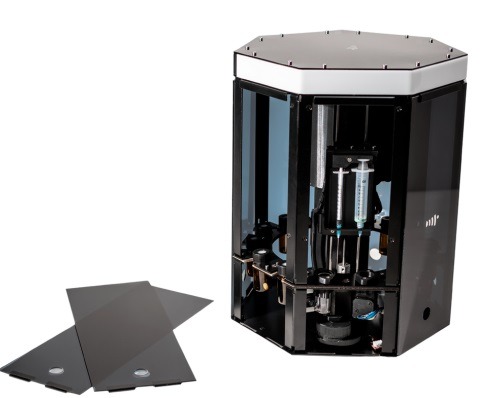
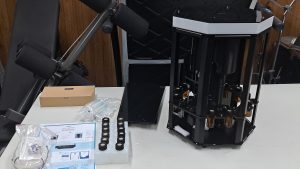

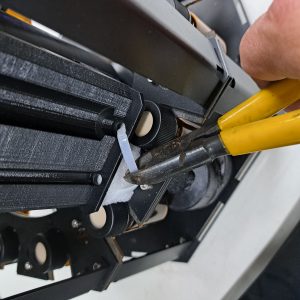


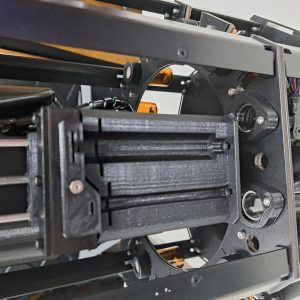
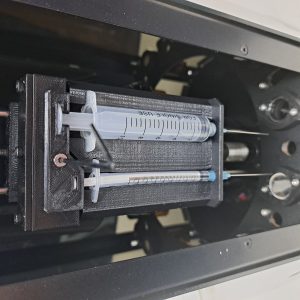
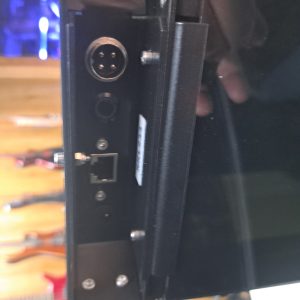
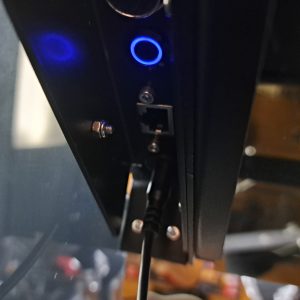
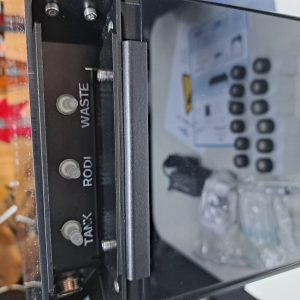
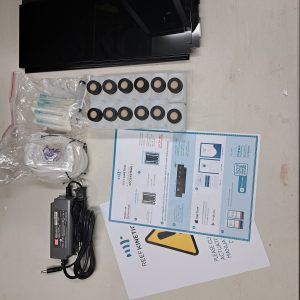
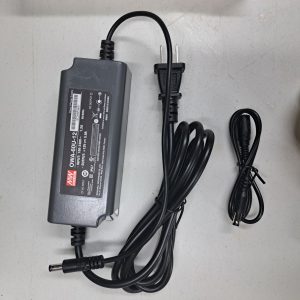
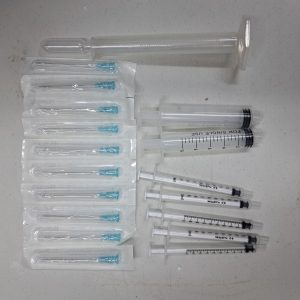
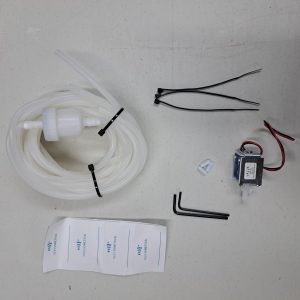
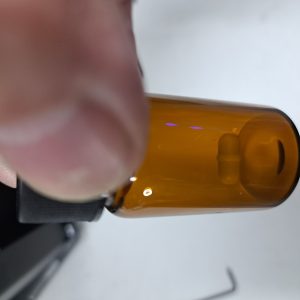
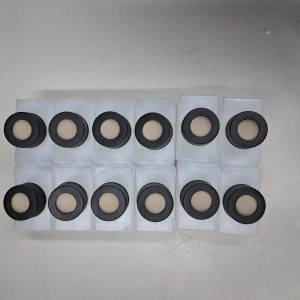
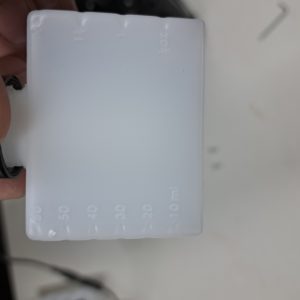
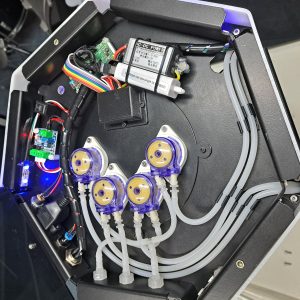
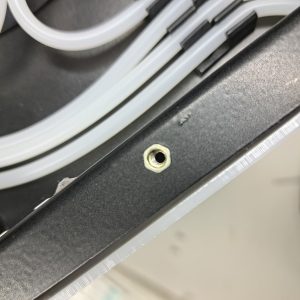
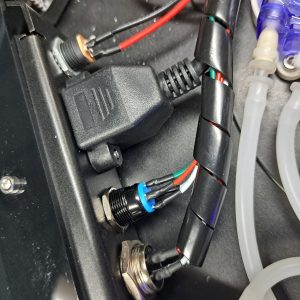

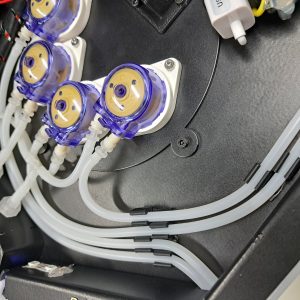
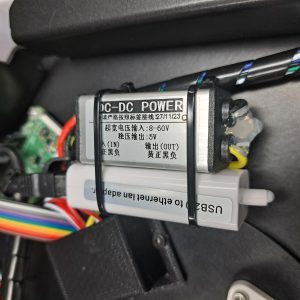
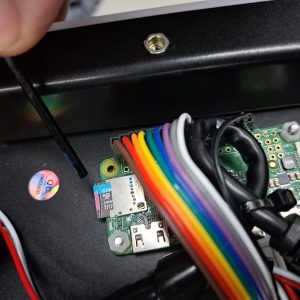
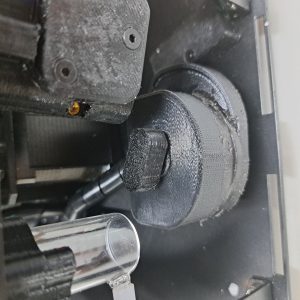
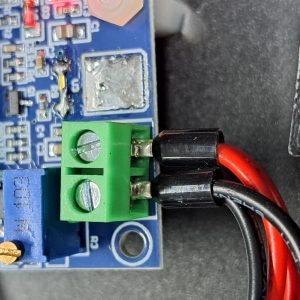
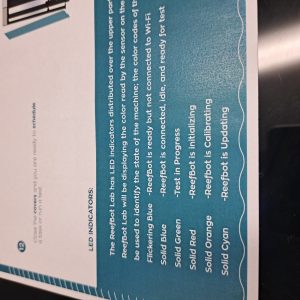
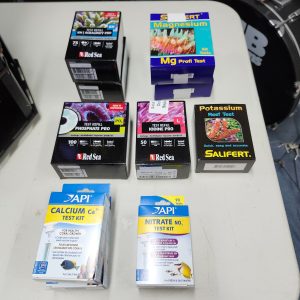
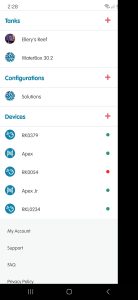
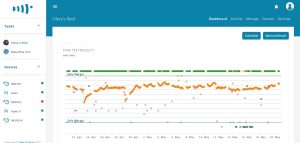








0 Comments